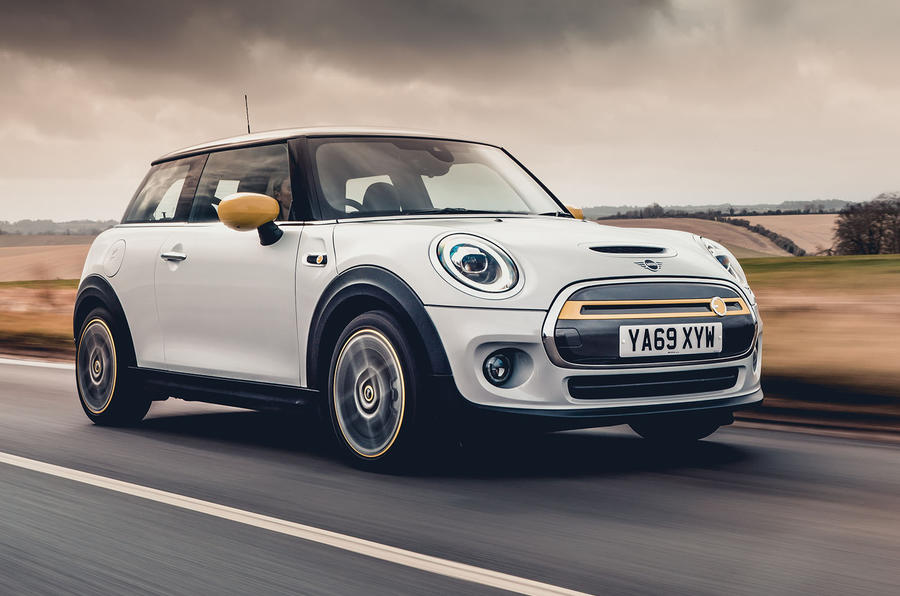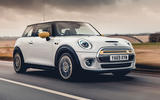What is it?
When discussing the UK debut of the new Mini Electric, the company’s Oxford bosses see no case for modesty. “We believe this launch will be a tipping point for the adoption of electric cars in this country,” declares David George, head of the marque.
At the UK launch event in Oxfordshire, there was a strong consensus that George is right. The Mini’s arrival in battery form will be a bigger market event than any of the other two dozen electric debuts this year – and arguably the biggest since the Jaguar I-Pace two years ago.
So far, the omens for the car’s success are excellent. Two thousand UK customers have placed orders before driving the car, and most have gone for the most expensive model. Electric production is already running at 10% of total Mini volume – around 500 units a week. And so far, the plant is not suffering the component problems that are dogging other battery car makers.
The company has adopted a new way of selling its electric model. There are just three equipment levels, each with a fixed specification and price, but within each, there’s a choice of colours, trim and wheel styles and personalisation touches. Even the Level One car is well equipped (LED headlights, climate air-con, a new-design digital dashboard, rain-sensing wipers and automatic lights).
The top-spec car has a panoramic sunroof, a Harman Kardon hi-fi and a choice of five alloy wheel styles. Taking into account the current government electric car grant of £3500, prices start at £24,400 and rise to £30,400. Mini marketers initially expected the ‘sensible’ Level Two car to sell best but early adopters – 70% of whom have never owned a Mini before – are mostly choosing Level Three.
Inside, the digital screen may be all-new, and packed with information about power use and remaining range, but controls and switchgear are otherwise reassuringly similar to existing models.
The Mini Electric’s 181bhp, 199lb ft hybrid synchronous electric motor comes from the BMW i3s, but drives the front wheels instead of the rears. The notably compact motor and its power electronics are enclosed in a crate-like alloy frame designed to arrive at the production line as a sub-assembly that uses the same mountings as a conventional, internally combusted Mini engine.
The lithium ion battery (which has 28.9kWh of usable power, compared with closer to 50 for a Renault Zoe) is formed into a T-shape, with most of its mass in the fuel tank space under the rear seat and the rest running down the centre of the car. All up, a Mini Electric weighs 1326kg – 145kg more than a comparable Cooper – but its weight distribution is almost exactly 50:50.
























































Join the debate
Add your comment
This is very comparable with
Living on the outskirts of a
Living on the outskirts of a large city, and with mostly local driving, this would suit me down to the ground. I can't get on with the bulk of this generation MINI, though, but hopefully, if what they say is right, the next one will be designed to be electric only and more compact. There aren't any comparable 3 door electric models on the market at the moment so I'll stick with my second generation petrol model for now.
I wonder how many of those
I wonder how many of those orders are destined for outside the M25? Not many I bet. Within its ideal of course if you can access a charger, should be workable.
Would rather have the Honda even though more expensive..way cooler.